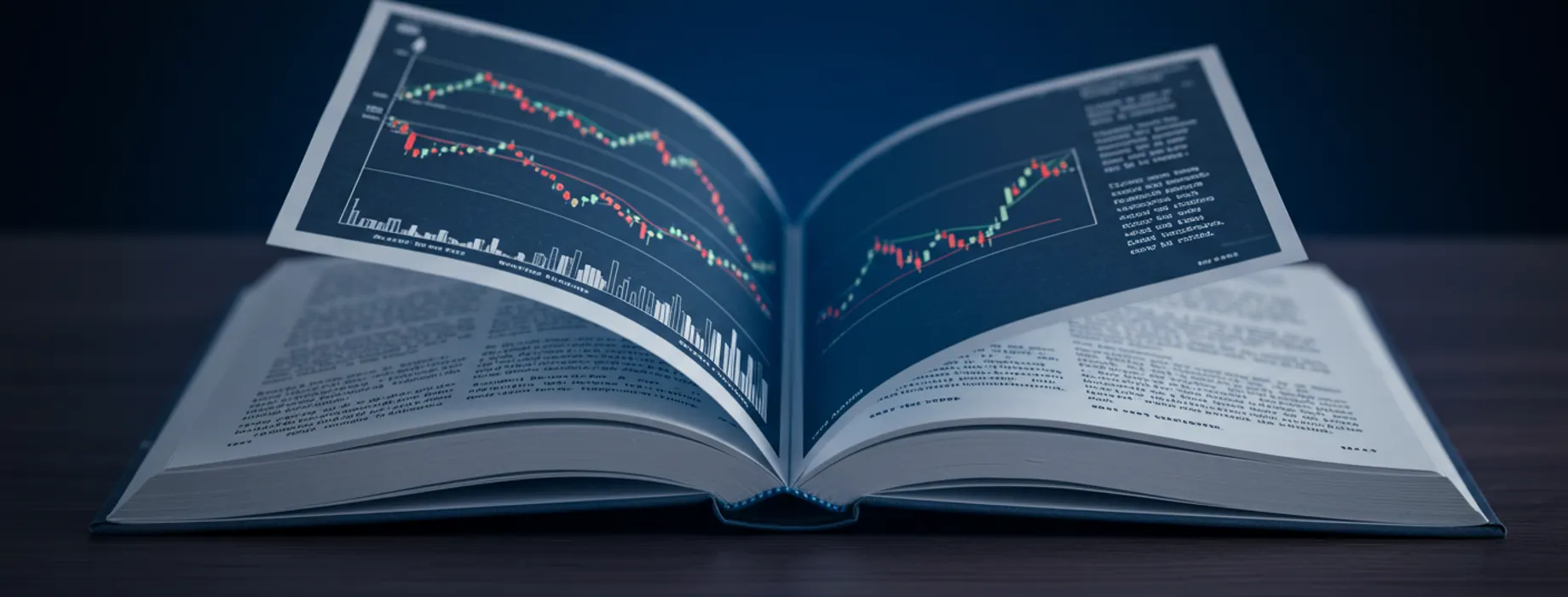- Semiconductor industry cycles and demand fluctuations
- Competition from other chip manufacturers
- Acquisition strategy and integration costs
- Research and development investments
- Global supply chain challenges
Broadcom Inc. (NASDAQ: AVGO) has become a notable player in the semiconductor industry, with its dividend policy attracting significant investor attention. Let's examine the current status of AVGO stock dividend and what investors might expect moving forward.
Understanding AVGO Stock Dividend Basics
Broadcom Inc. operates as a global technology company that designs, develops, and supplies semiconductor and infrastructure software solutions. The company has maintained a consistent dividend program that appeals to income-focused investors. The avgo stock dividend has grown steadily over recent years, making it worth consideration for portfolio diversification.
| Metric | Value | Significance |
|---|---|---|
| Current Dividend Yield | 1.7-2.1% | Competitive in tech sector |
| Payment Frequency | Quarterly | Regular income stream |
| Dividend Growth Rate | 13-15% (5-year avg) | Above industry average |
| Payout Ratio | 40-45% | Sustainable distribution level |
The company’s board typically reviews the dividend policy quarterly, with announcements made alongside earnings reports. For new investors considering Broadcom, understanding the dividend calendar is essential for timing investment decisions.
AVGO Stock Dividend History
Looking at the avgo stock dividend history reveals a pattern of consistent increases. Since initiating its dividend program, Broadcom has demonstrated a commitment to returning value to shareholders through regular dividend growth.
| Year | Annual Dividend | Increase % |
|---|---|---|
| 2020 | $13.00 | 23% |
| 2021 | $14.40 | 11% |
| 2022 | $16.40 | 14% |
| 2023 | $18.40 | 12% |
| 2024 | $21.00 | 14% |
The broadcom stock dividend has shown resilience even during market downturns, which speaks to the company’s financial strength and management’s commitment to shareholders. This history of dividend increases has positioned Broadcom as a dividend growth stock rather than simply a high-yield investment.
Factors Affecting AVGO Stock Price Dividend
Several key factors influence the avgo stock price dividend relationship:
The company’s diversification through strategic acquisitions has helped stabilize revenue streams, supporting consistent dividend payments. However, investors should monitor these factors when evaluating the sustainability of future dividends.
| Factor | Potential Impact | Current Outlook |
|---|---|---|
| AI Chip Demand | Positive for revenue | Strong growth expected |
| Interest Rates | Can affect valuation | Stabilizing after 2023-2024 hikes |
| Trade Policies | Supply chain risks | Ongoing monitoring required |
| VMware Integration | Revenue diversification | Contributing positively to cash flow |
Comparing Broadcom to Dividend Competitors
When evaluating the broadcom stock dividend against competitors, several metrics help determine relative value:
- Dividend yield compared to sector average
- Dividend growth rate sustainability
- Payout ratio and cash flow coverage
- Total shareholder return (dividend + price appreciation)
| Company | Dividend Yield | 5-Year Dividend Growth | Payout Ratio |
|---|---|---|---|
| Broadcom (AVGO) | 1.7-2.1% | 13-15% | 40-45% |
| Texas Instruments | 2.8-3.2% | 13% | 60-65% |
| Qualcomm | 1.8-2.2% | 6-7% | 35-40% |
| Intel | 1.6-2.0% | 5% | 45-50% |
Investors using platforms like Pocket Option for technical analysis can track these metrics to identify optimal entry points for dividend-focused investments. While past performance doesn’t guarantee future results, historical patterns often provide useful context.
Investment Strategies for AVGO Dividend Investors
Depending on financial goals, investors might consider different approaches to Broadcom’s dividend:
- Dividend reinvestment for long-term compounding
- Income harvesting for regular cash flow
- Dividend capture around ex-dividend dates
- Covered call writing for enhanced income
| Strategy | Best For | Considerations |
|---|---|---|
| Dividend Reinvestment | Long-term growth | Potential tax advantages in some accounts |
| Income Harvesting | Retirement income | Regular cash flow but no compounding |
| Dividend Capture | Active traders | Higher transaction costs, tax implications |
| Covered Calls | Advanced investors | Requires options knowledge, limits upside |
Conclusion
The AVGO stock dividend continues to be a compelling consideration for income-focused investors. With a history of consistent increases and a sustainable payout ratio, Broadcom has demonstrated its commitment to shareholder returns. While no investment is without risk, the company’s strong market position in semiconductors and software provides a solid foundation for its dividend program. Investors should conduct their own research and consider their unique financial objectives when evaluating Broadcom as a potential dividend investment.
FAQ
How often does Broadcom pay dividends on AVGO stock?
Broadcom pays dividends quarterly, typically in the last month of each fiscal quarter. The company announces the exact payment dates along with their quarterly earnings reports.
What is the current dividend yield for AVGO stock?
The current dividend yield for AVGO stock ranges between 1.7% and 2.1%, depending on the current share price. This yield is competitive within the technology sector.
Is the AVGO stock dividend sustainable?
With a payout ratio between 40-45% and strong free cash flow generation, Broadcom's dividend appears sustainable. The company's diversification into software through acquisitions like VMware also helps stabilize revenue streams.
How has the avgo stock dividend history developed over time?
Broadcom has consistently increased its dividend annually since initiating its dividend program. Over the past five years (2020-2024), the company has grown its dividend at an average annual rate of 13-15%.
When is the ex-dividend date for AVGO stock?
The ex-dividend date for AVGO stock typically falls about two weeks before the payment date. Investors must own shares before the ex-dividend date to qualify for the upcoming dividend payment.
